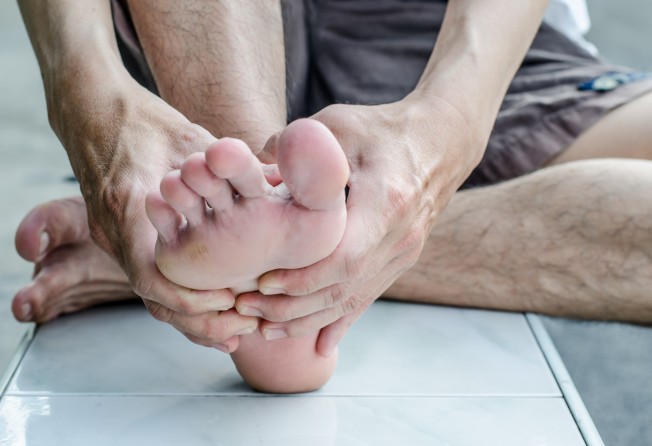Explainer | What to do if running is causing ingrown toe nails – symptoms, treatment and cure
- Ingrown toe nails are a common problem for runners, and can be very painful if left untreated
- There are a few simple remedies to prevent them returning and stopping your training again

An ingrown toe nail is when the nail is growing in the wrong direction – it grows or curls down into the skin, rather than parallel to the toe.
It is a common condition among runners, and can prevent them from training or taking part in races if it is severe or left untreated, and it can lead to infections.
Print option is available for subscribers only.
SUBSCRIBE NOW